In the “Letter to Farmers to Compete in Cultivation” in February 1951, Uncle Ho wrote: “If food is sufficient, the soldiers will be strong! Soldiers at the front compete to kill enemies and gain achievements, then the people in the rear must compete to increase production.
The fields are battlefields
Plow is a weapon
Farmers are soldiers
The rear competes with the front.
On the agricultural front, the emulation spirit soon became a strong and widespread movement, especially during the years of the resistance war against the US. In Quang Ninh, from the time of the liberation of the Mining Region to the day of national reunification, together with industry, the emulation in agricultural production contributed significantly to economic recovery, building socialism in the North, consolidating food supplies for the army, and together with the North, playing the role of "a great rear for a great frontline".
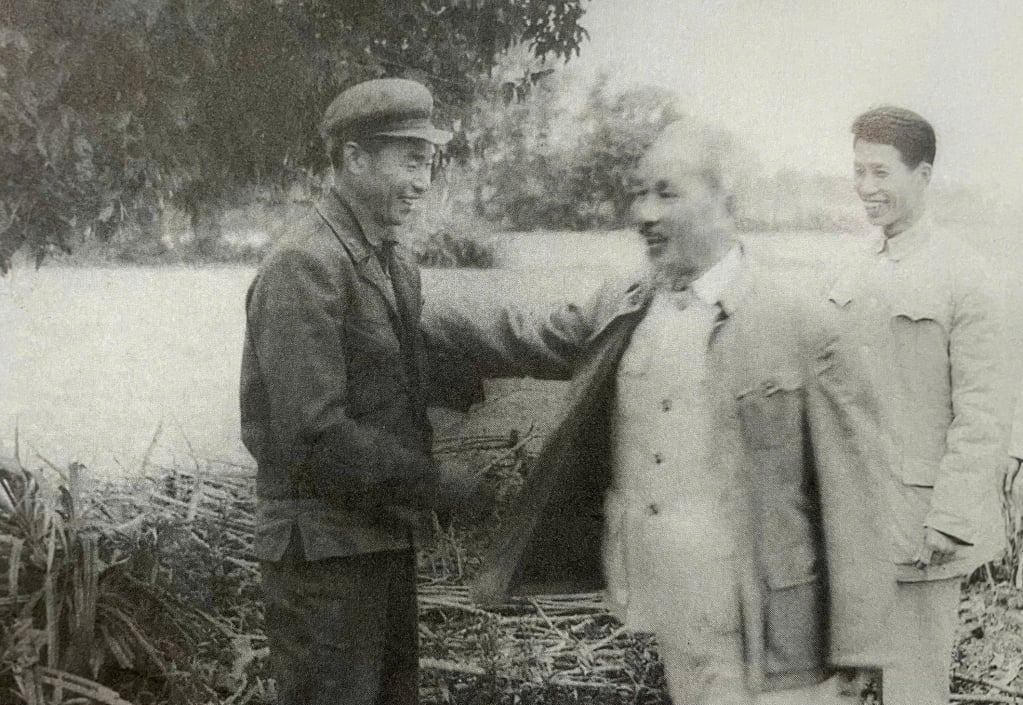
Overcoming difficulties, increasing production
After taking over the mine, the Hong Quang Party Committee led the people to restore the economy in extremely difficult and complicated conditions. The entire Hong Quang area had 62,799 hectares of rice fields, of which 16,049 were abandoned. Unfavorable natural conditions, severe shortage of fresh water, 2/3 of the rice fields had to wait for rain to be planted. Cultivation techniques were backward, crop yields were among the lowest in the North. Faced with that situation, the Party Committee directed and organized farmers to learn the 10 principles of encouraging production, land reform policies, and at the same time launched the spring production movement, organized land reclamation, and established land reclamation and production mobilization teams in Hoanh Bo, Yen Hung, and Dong Trieu.
In Hai Ninh, despite many difficulties such as drought and floods, cadres actively mobilized ethnic people in Ba Che, Tien Yen, etc. to return to their homes and increase production; in Dam Ha and Mong Cai areas, they restored dikes, built irrigation systems, and did a good job of planting.
In 1958, Hai Ninh and Hong Quang entered the period of socialist reform and built technical infrastructure in new conditions. Implementing Resolution 16 of the Party Central Committee on agricultural reform, the Provincial Party Committee and the Hai Ninh Provincial Administrative Committee launched a movement for all people to produce, moving towards self-sufficiency in food (without asking for central rice aid) and began to build agricultural production cooperatives. The Government presented Hai Ninh with 2 tractors to create a premise for mechanization in agricultural production.
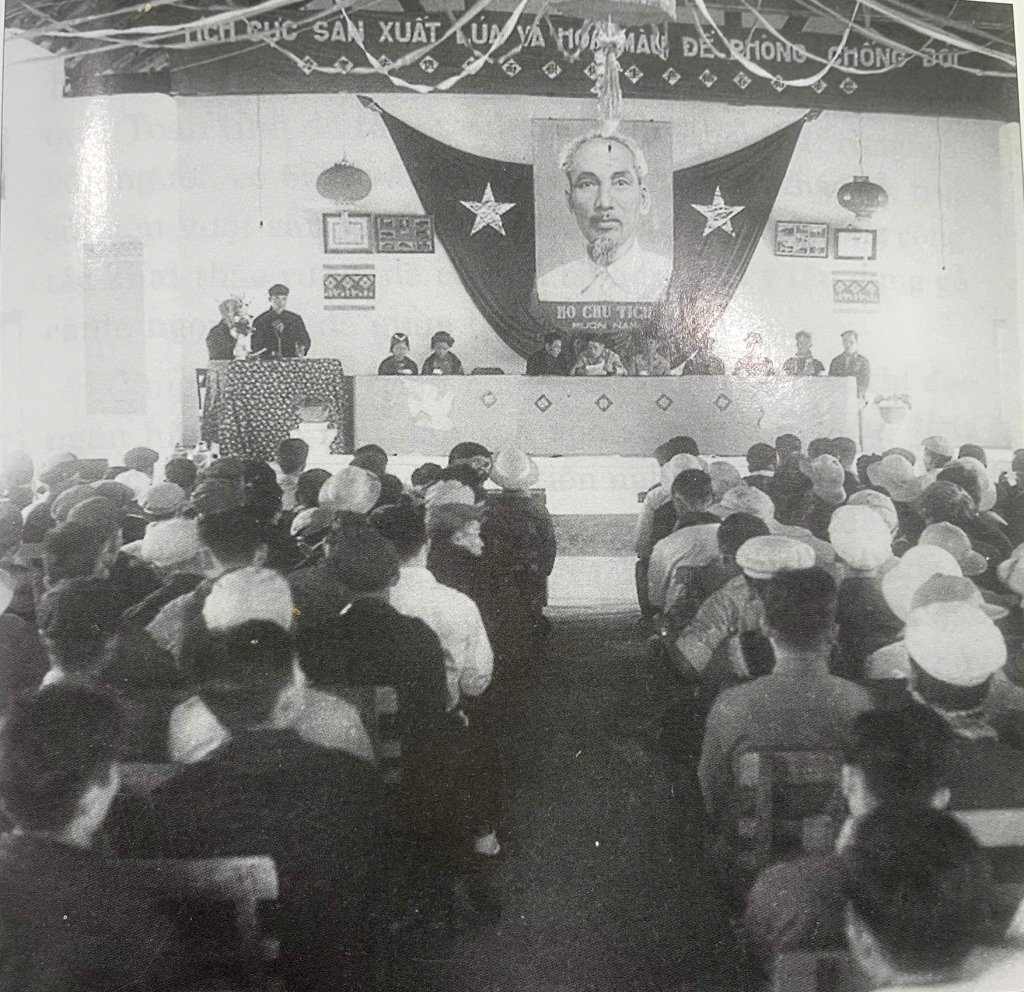
By 1960-1961, the peak period of farmers entering the path of collective farming, both Hai Ninh and Hong Quang had 70% of farmer households joining agricultural cooperatives (low level) except for some highland areas in Hoanh Bo, Cam Pha and some areas of Hai Ninh at that time were carrying out a democratic movement combined with bringing farmers into the path of collective farming. In Hai Ninh, Hong Ky Cooperative (Mong Cai) and Dong Tien Cooperative (Binh Lieu) were voted as the leading flag of the province. In Hong Quang, Minh Ha Cooperative (Yen Hung) was chosen as the leading flag of the area, Hoi Hoang Cooperative (Dong Trieu), Cam Binh (Cam Pha) and Viet Tien (Hoanh Bo) were the leading bridge cooperatives at the district level.
From the production emulation movement of cooperatives, the agricultural sector of Hai Ninh and Hong Quang made many advances. At the end of 1961, the total value of food output in Hong Quang area reached 130% compared to 1959; vegetable production was twice that of 1960. Sea fishing and the fishery cooperative movement were promoted. By 1961, 76.19% of fishing households, including over 20,000 people, including 6,861 fishing workers, joined cooperatives.
Production relations are changing, production management organization is gradually becoming regular, initially doing business in an industrial way, along with improved fishing tools and new technical equipment proposed to start in the direction of the Provincial Party Committee determined "improving the longline profession, developing the offshore profession to be able to fish all year round, preparing conditions to establish fishing fleets in the coming years". Since 1963, Quang Ninh was established, the whole province had 10 fishing fleets from 23 to 180 horsepower (belonging to the State-owned Fishing Enterprise). At the end of 1963, the average labor productivity in the fishing industry reached 1.3 tons/person. Chau Vo Mua was a person with many achievements in fishing, building the Co To Island fishing cooperative, and was awarded the title of Labor Hero by the National Assembly.
Forestry was given attention. In addition to mobilizing people to work in the forest, the state forestry force was strengthened. By 1963, the whole province had planted 2,698 hectares of forest.
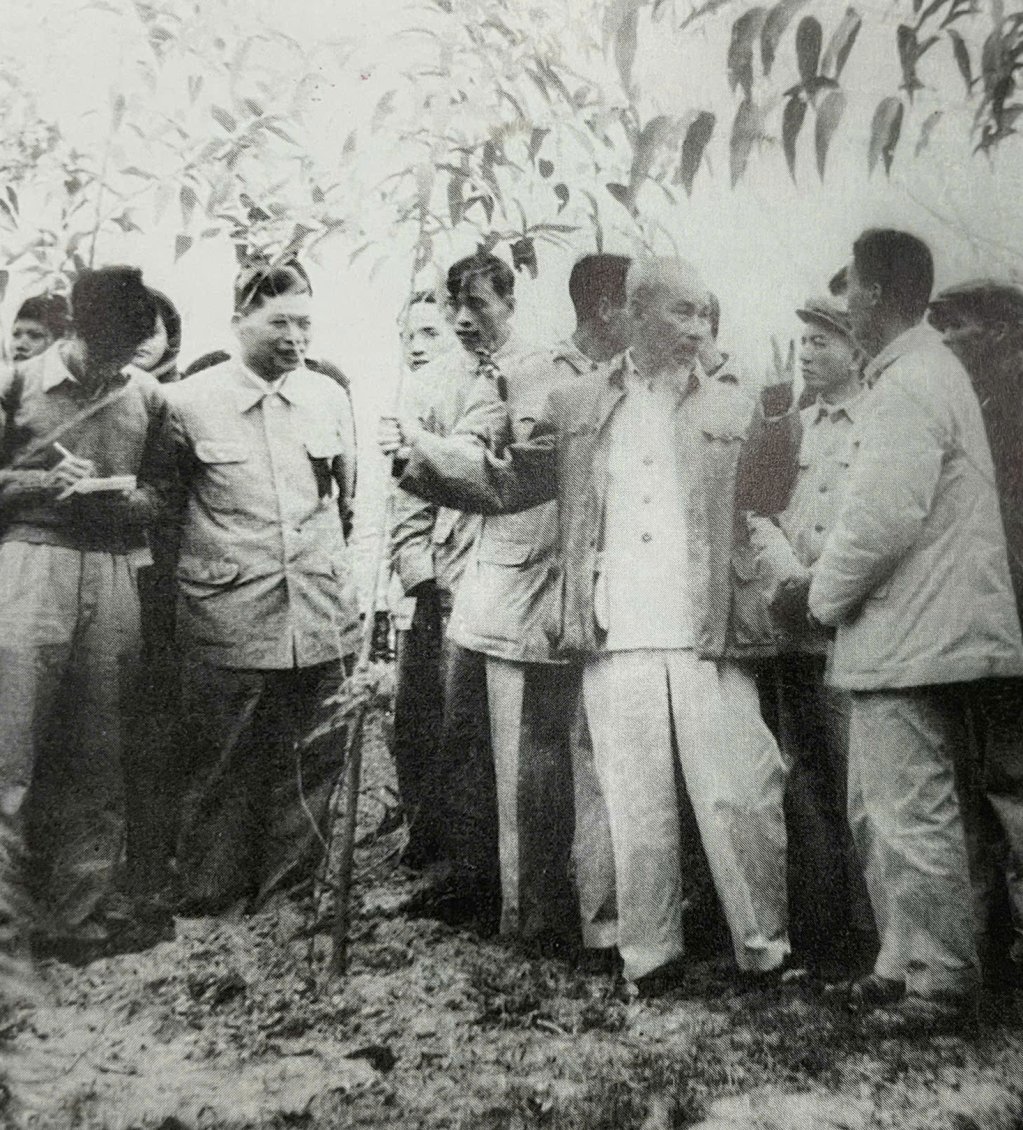
"Each person does the work of two"
For nearly 10 years, the people of the North had lived in peace. On August 5, 1964, the US imperialists created the “Gulf of Tonkin” incident, sending planes and warships to bomb the North, including Quang Ninh, in an attempt to sabotage the construction of socialism and destroy our economic potential. Despite the “rain of bombs and bullets”, with the slogan “one hand sickle, one hand gun”, “one hand plow, one hand gun”, the people of Quang Ninh continued to fight and compete to produce well with the spirit of “each person working twice for the beloved South”.
In Binh Lieu, in 1965, the militia and self-defense force took the lead in irrigation, achieving 19,551 works, contributing to the worthy award of the rotating flag of the provincial irrigation sector. In 6 months, the militia and self-defense force of the communes harvested 10,620 kg of rice, enough to supply the militia's concentrated study and training days.
In the border commune of Ninh Duong (Mong Cai), 90% of the population is engaged in agriculture. During the training season, the militia combines production with a schedule. Early morning and late afternoon, they work in the fields. Mid-afternoon and late afternoon, they train or study politics. The entire commune has a 10km long coastal line, but when there is an alarm, everyone is present within 2 hours. The labor productivity of the militia is often twice that of the commune members.
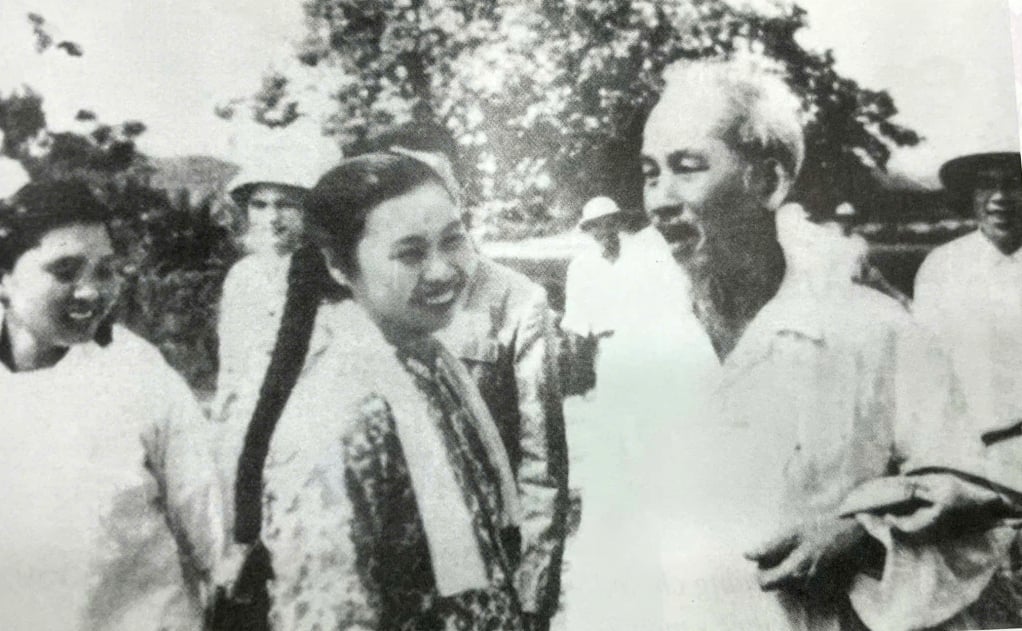
In Yen Hung (now Quang Yen town), local people actively produced and participated in shooting down enemy planes. A typical example was the Minh Vuong female militia team (Lien Hoa commune) who, together with the people, went to Yen Cu to enclose the lagoon, reclaim and restore the land, turning 300 hectares of mangrove forests into arable fields, increasing production.
During his visit to the people and officials of Quang Ninh on the first day of the Lunar New Year (February 2, 1965), President Ho Chi Minh gave many compliments to Quang Ninh. In agricultural production, the whole province had about 750 cooperatives, of which 53 cooperatives met the emulation standards of high productivity, abundant crops, and good livestock. He praised the Chairman of the Hung Tien Cooperative for planting 12,000 and taking care of 11,000 trees to grow well. By 1968, the cooperative movement had developed and stabilized, with 90% of farming households joining cooperatives.
During this time, Quang Ninh also began to apply mechanics to agricultural production. In Uong Bi, since 1968, the town Party Committee launched a series of irrigation campaigns, and local authorities mobilized people from all walks of life to participate in digging and building a 23km long saltwater dike along the Bach Dang River, from Nam Khe to Hang Son. Along with irrigation work, Nam Khe commune is a locality that Uong Bi prioritizes to focus on investing in implementing the policy of mechanizing rural agriculture, so the agricultural cooperative is equipped with Bong Sen farm vehicles, pumps, rice threshers, milling machines, irrigation machines and animal feed processing machines. Due to the town's concentrated investment, the mechanized agricultural land area of Nam Khe commune accounts for up to 50% (much higher than the town's average of 30%).
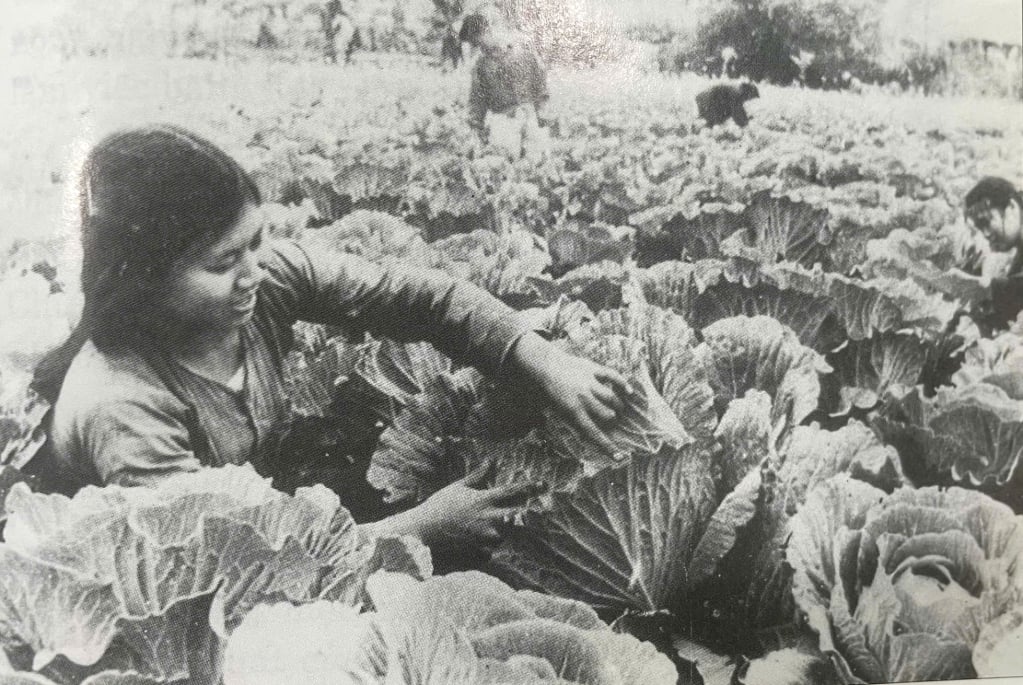
The province's forestry industry has gradually developed strongly over the past 10 years and become an important economic sector. From small forestry stations and branches with administrative and career tasks, the province has built more and more comprehensive forestry farms and production and business enterprises. Forestry establishments operate widely from the border to the islands with a workforce of about 10,000 people. The communes of Kim Son (Dong Trieu), Binh Ngoc and Tra Co (Mong Cai) are places where crops are grown and bring economic efficiency to the people and provide a part of wood for the State.
In many highland and ethnic minority areas, people have begun to promote production development. Among the typical establishments in Quang Ninh is Dong Quang, a highland commune in Hoanh Bo. The majority of the population in the commune are Thanh Phan people living scattered among the rolling hills. The commune has 7 villages, the farthest of which requires about a day's walk, not to mention the rainy season when traffic jams and roadblocks can last for weeks. Listening to the Party's call, Dong Quang commune carried out a movement to settle down and cultivate. Thanks to that, by 1973, Dong Quang commune was not only self-sufficient in rice, but also had surplus rice to sell outside of its obligation to the State.
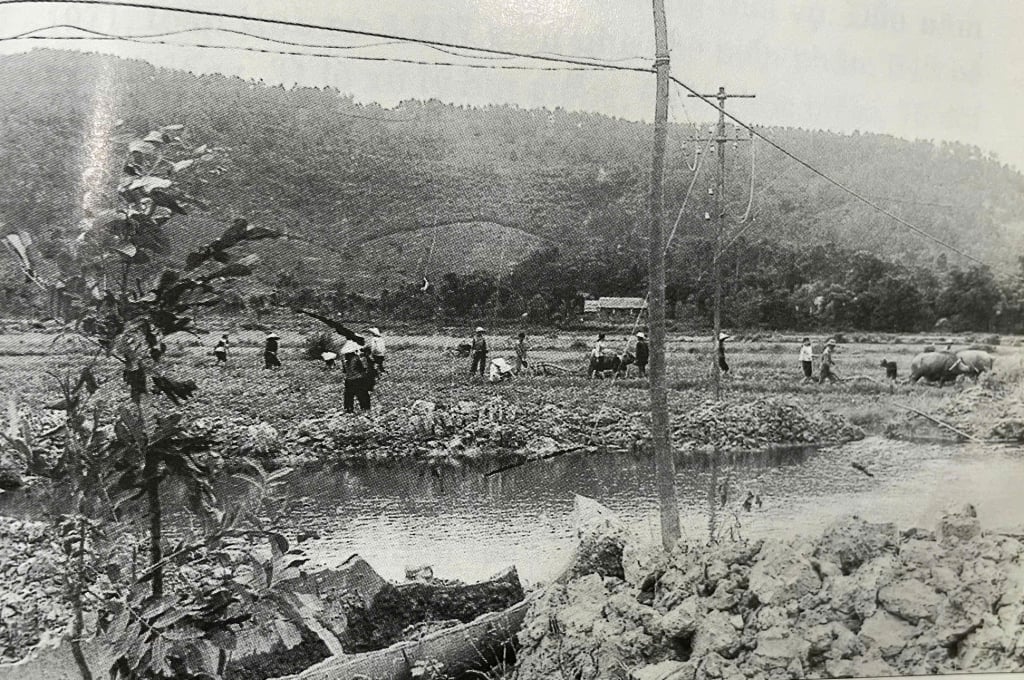
Also in 1973, Quang Ninh was self-sufficient in 41.2% of the food needs of the people in the province and provided a huge amount of food to the State. The total cultivated area of the province reached over 65,700 hectares with a total food output of over 85,600 tons. Many cooperatives achieved high productivity, typically 3 cooperatives in Tien Yen achieved 5 tons of rice/ha. Concentrated aquaculture developed strongly with over 2,600 hectares, yielding nearly 500 tons of fish and shrimp.
In April 1975, the Provincial Party Committee organized a campaign to save and borrow food to help people in the newly liberated areas in the South. Cooperatives competed to sell products to the State to supply the South. In 2 years (1974-1975), the province provided the State with 10,000 tons of food, 13,500 tons of green vegetables, 6 million eggs; in 1975 alone, it provided 4,500 tons of pork...
The great contributions of both human and material resources from Quang Ninh strongly encouraged the fighting spirit of the army and people of the South, contributing to the whole country's defeat of the American invaders, completely liberating the South, and unifying the country.
Nguyen Ngoc
Source


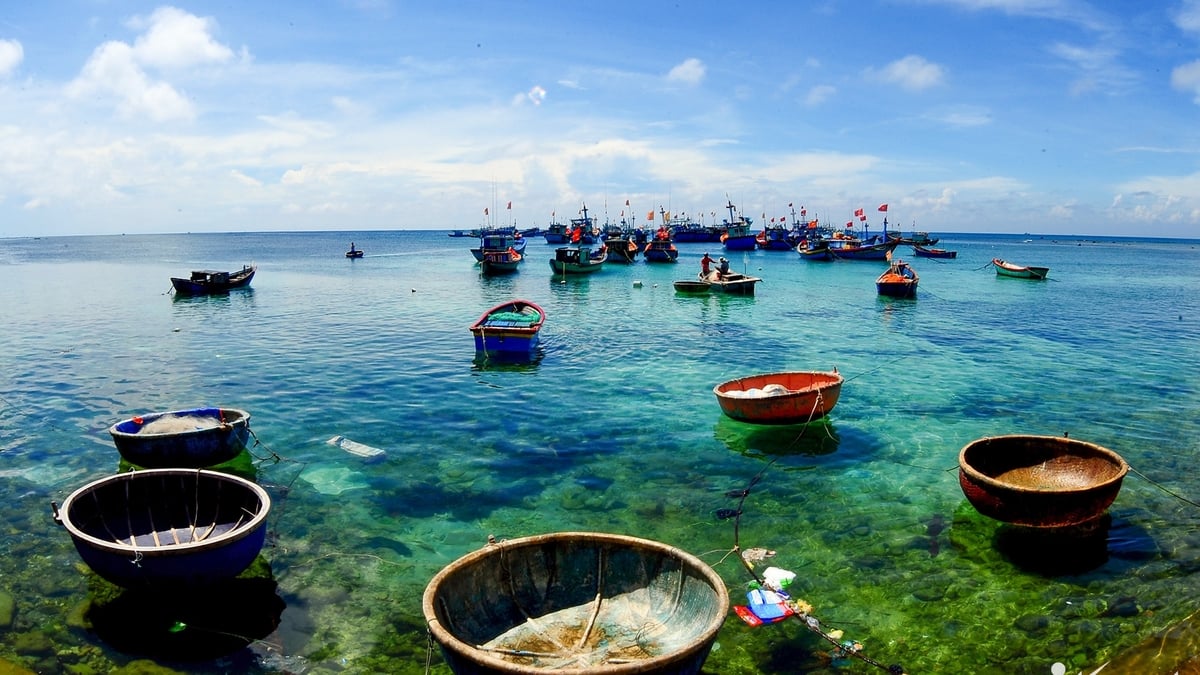

![[Photo] Special flag-raising ceremony to celebrate the 135th birthday of President Ho Chi Minh](https://vphoto.vietnam.vn/thumb/1200x675/vietnam/resource/IMAGE/2025/5/19/1c5ec80249cc4ef3a5226e366e7e58f1)
![[Photo] Party and State leaders attend the special art program "You are Ho Chi Minh"](https://vphoto.vietnam.vn/thumb/1200x675/vietnam/resource/IMAGE/2025/5/18/6895913f94fd4c51aa4564ab14c3f250)
![[Photo] Party and State leaders visit President Ho Chi Minh's Mausoleum](https://vphoto.vietnam.vn/thumb/1200x675/vietnam/resource/IMAGE/2025/5/19/d7e02f242af84752902b22a7208674ac)
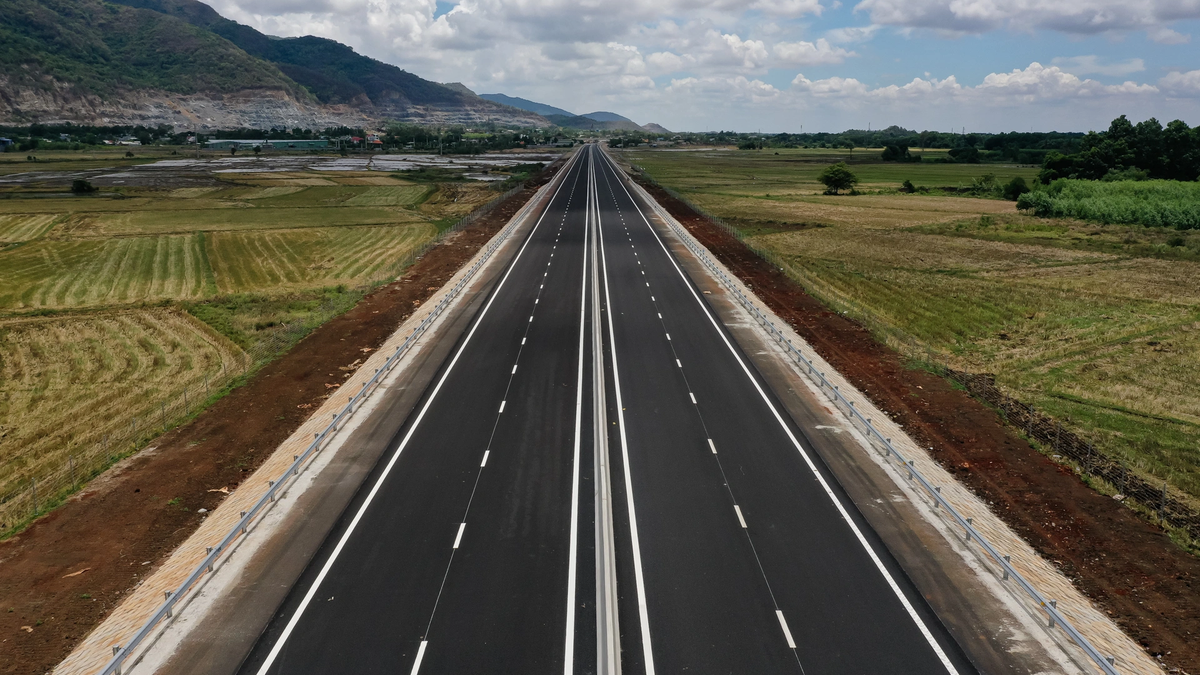
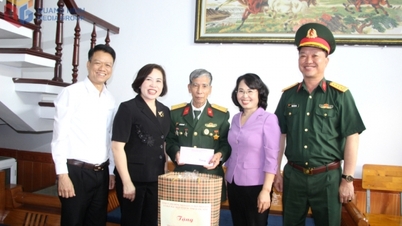
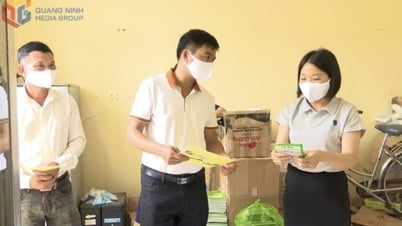





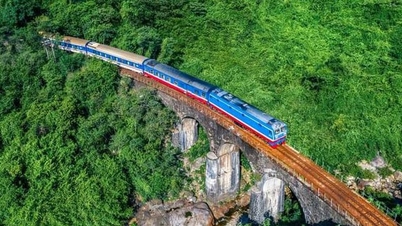



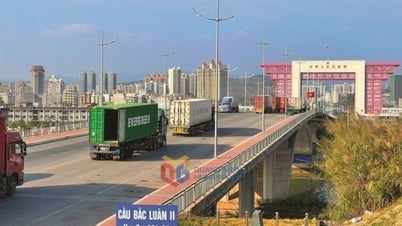
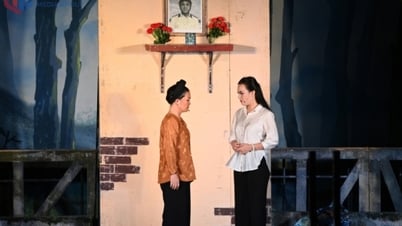
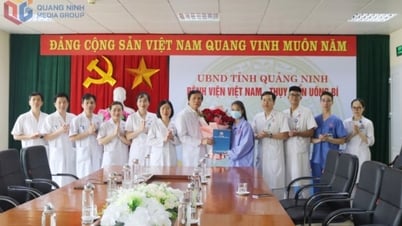
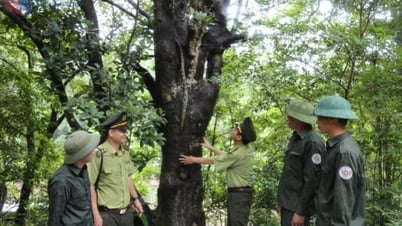





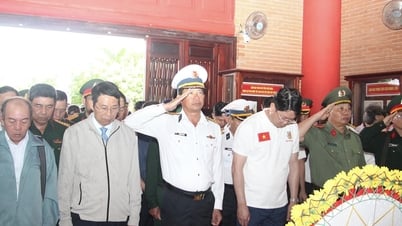
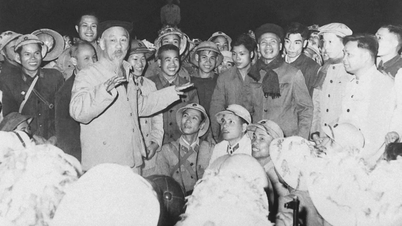
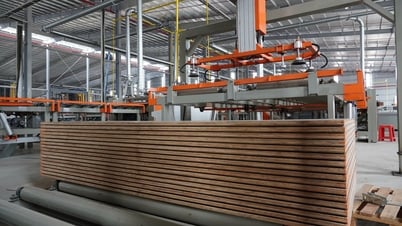

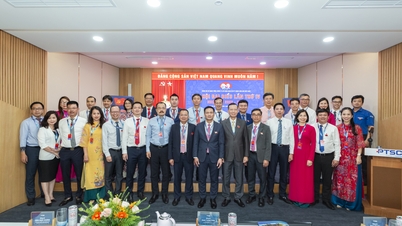

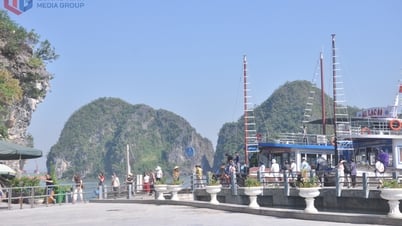


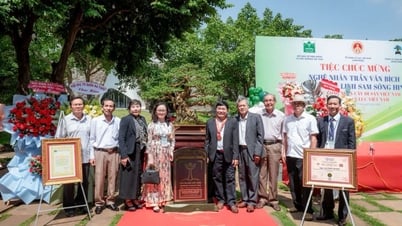









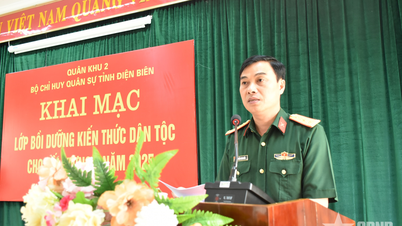
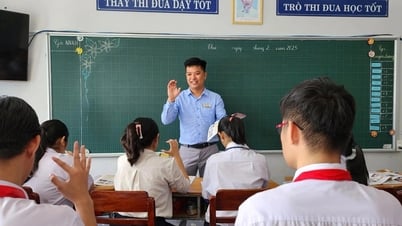

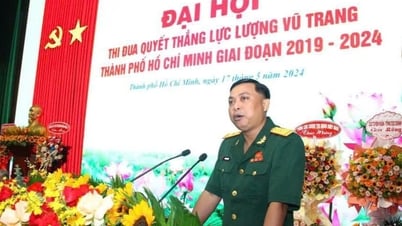

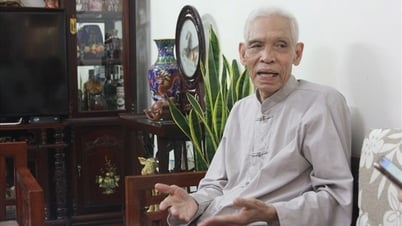

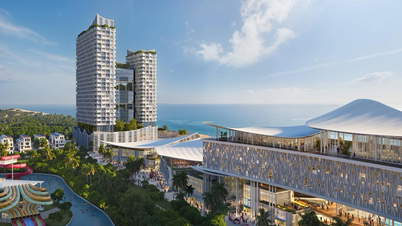


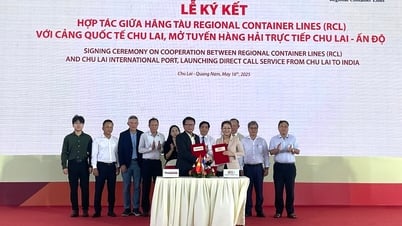





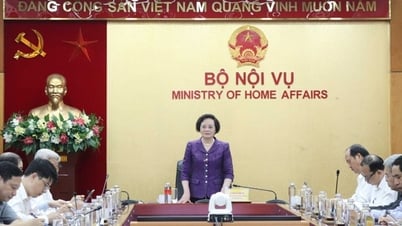



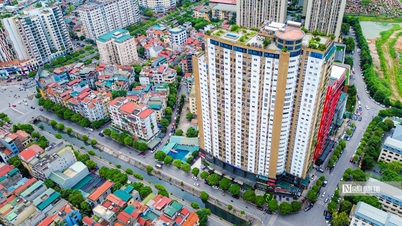

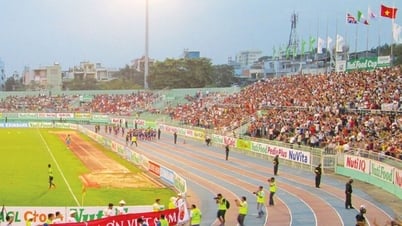
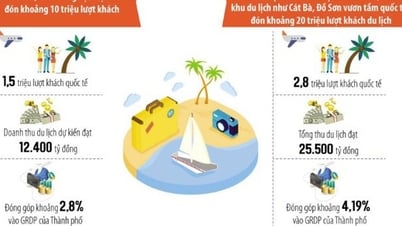
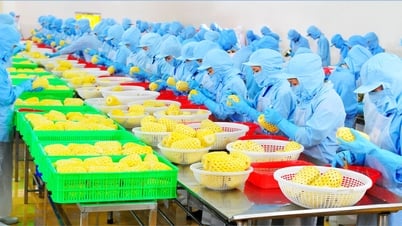


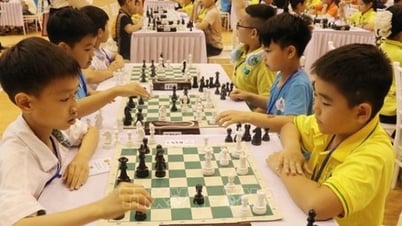
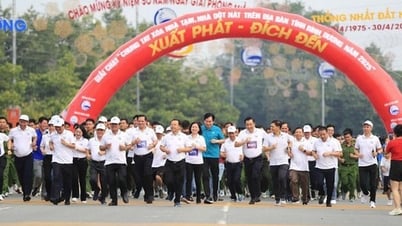




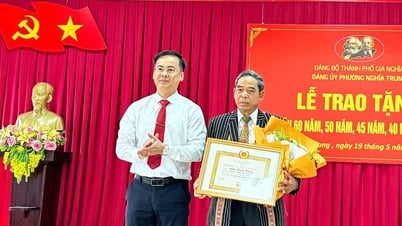

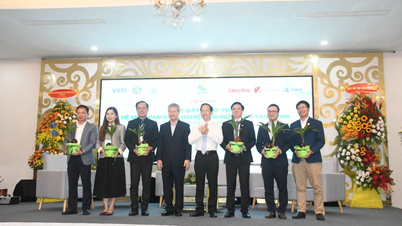








Comment (0)